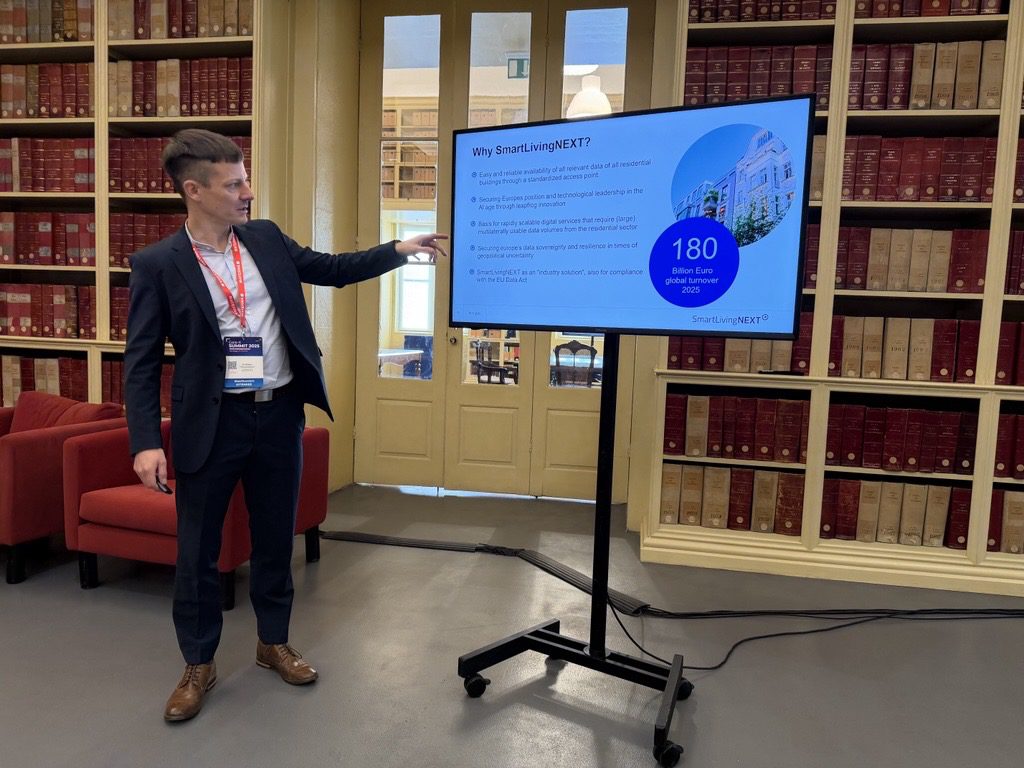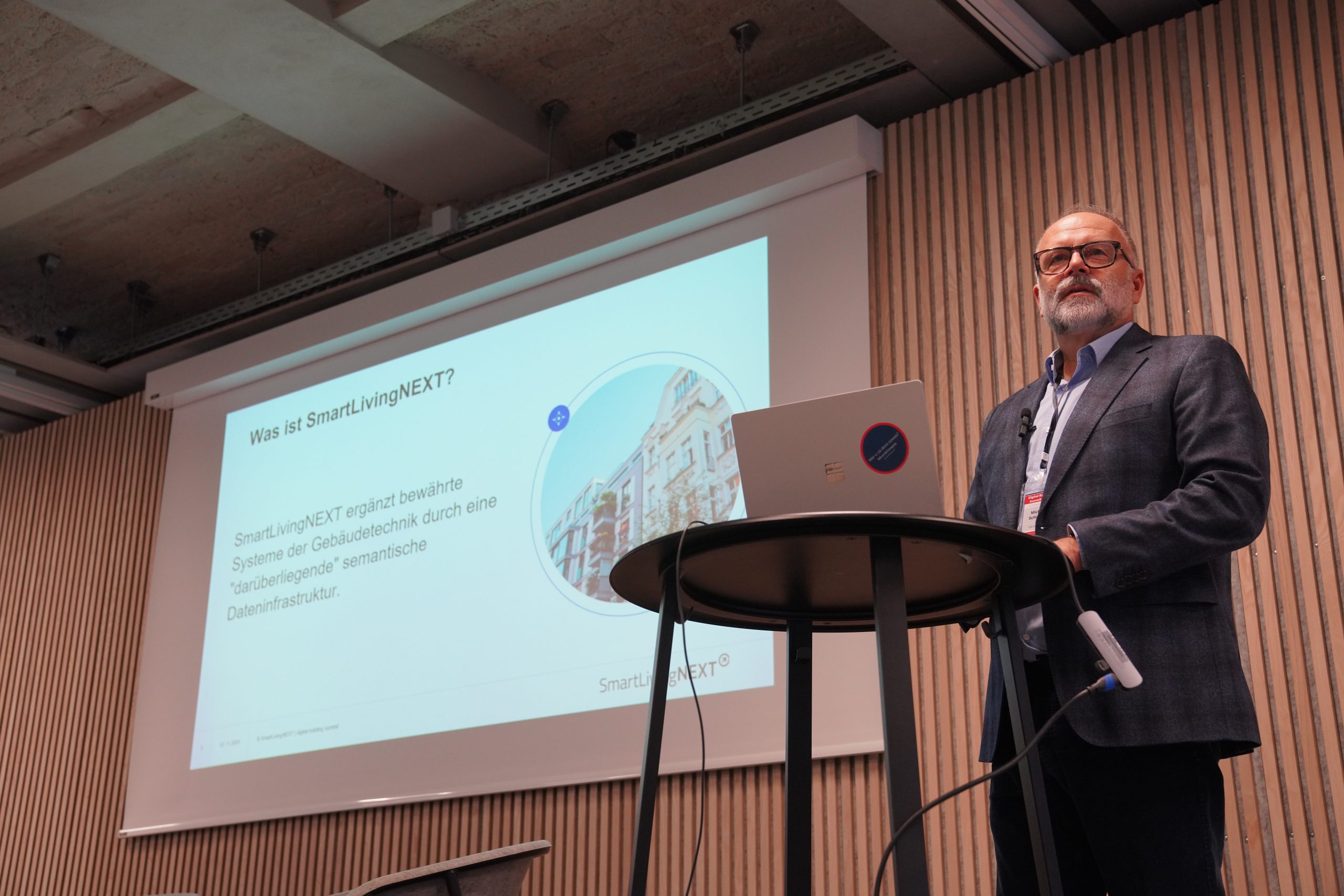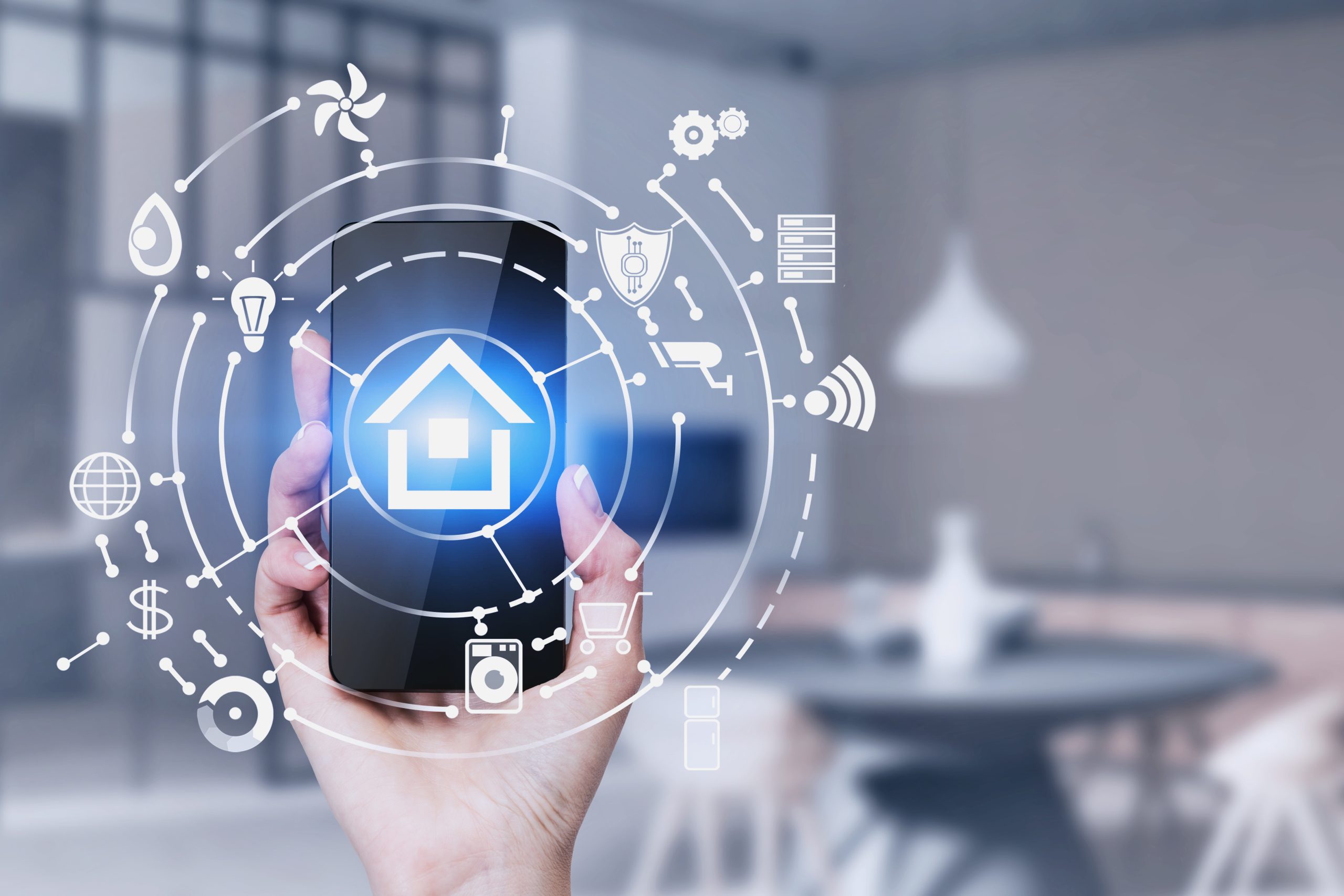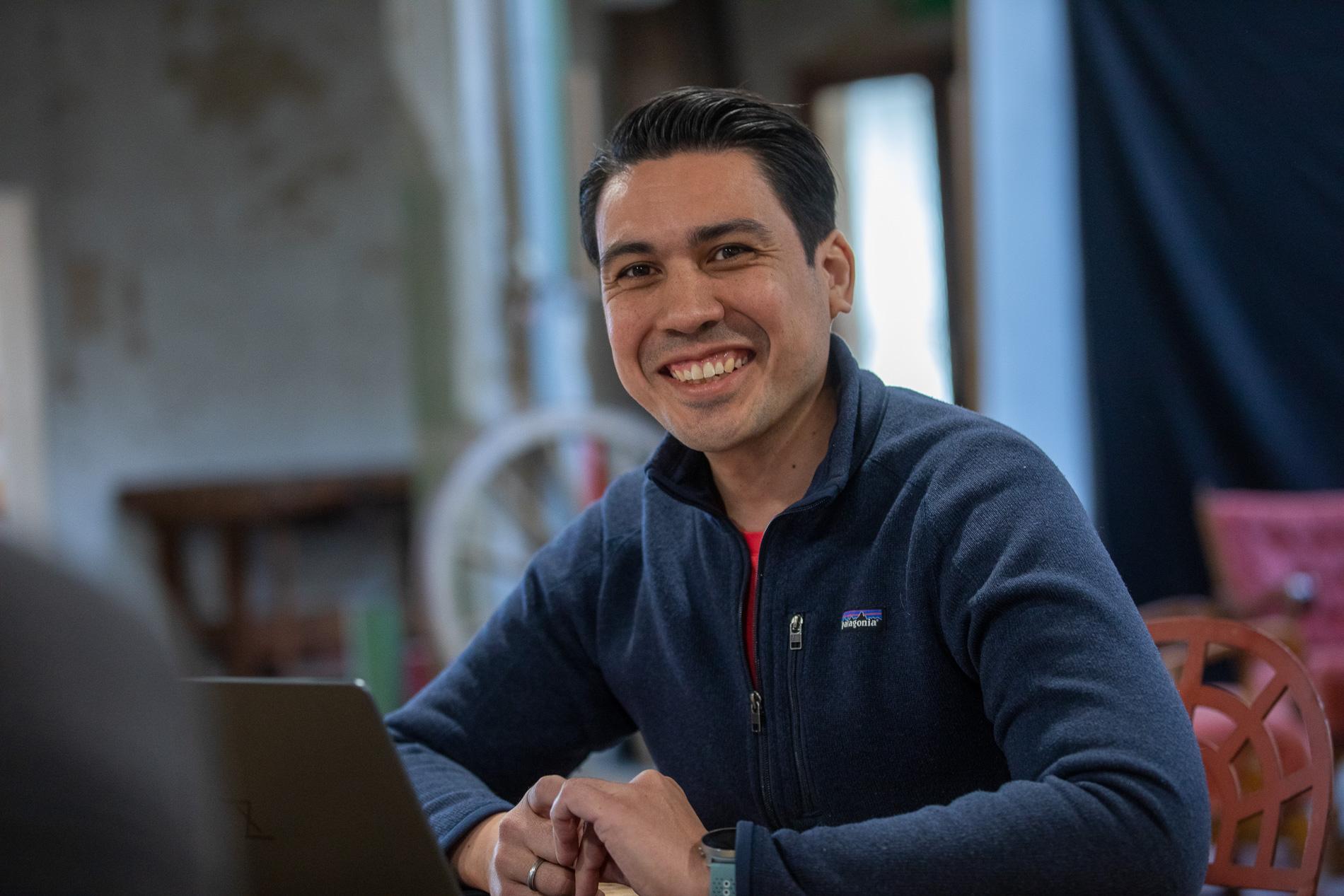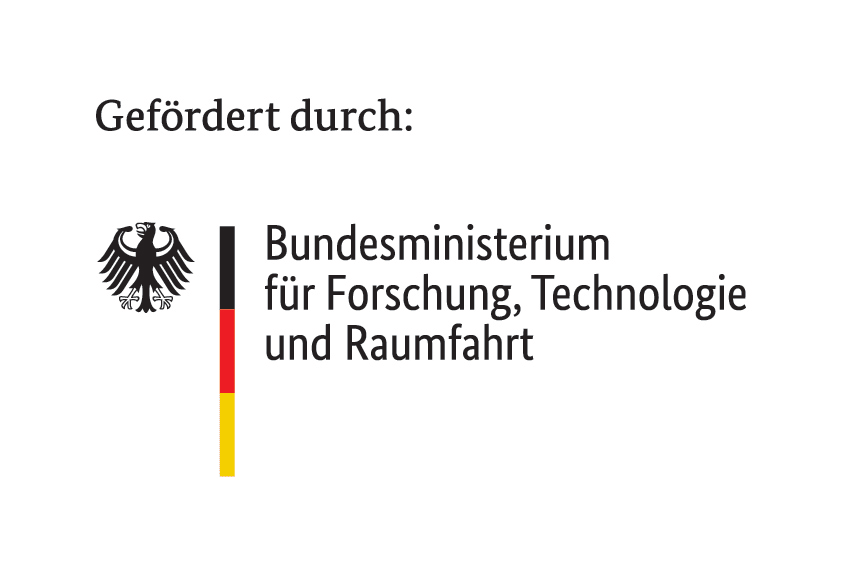“In future, buildings will be proactive.”
26. March 2025
6 minutes
In addition to switches, sockets and dimmers, Albrecht Jung GmbH & Co. KG also offers a wide range of systems that take over the complete control of functions in the building. We talk to Stefan Jörgens, Director Research & Development, about smart possibilities in a wide range of areas and the motivation behind the company’s involvement in SmartLivingNEXT.
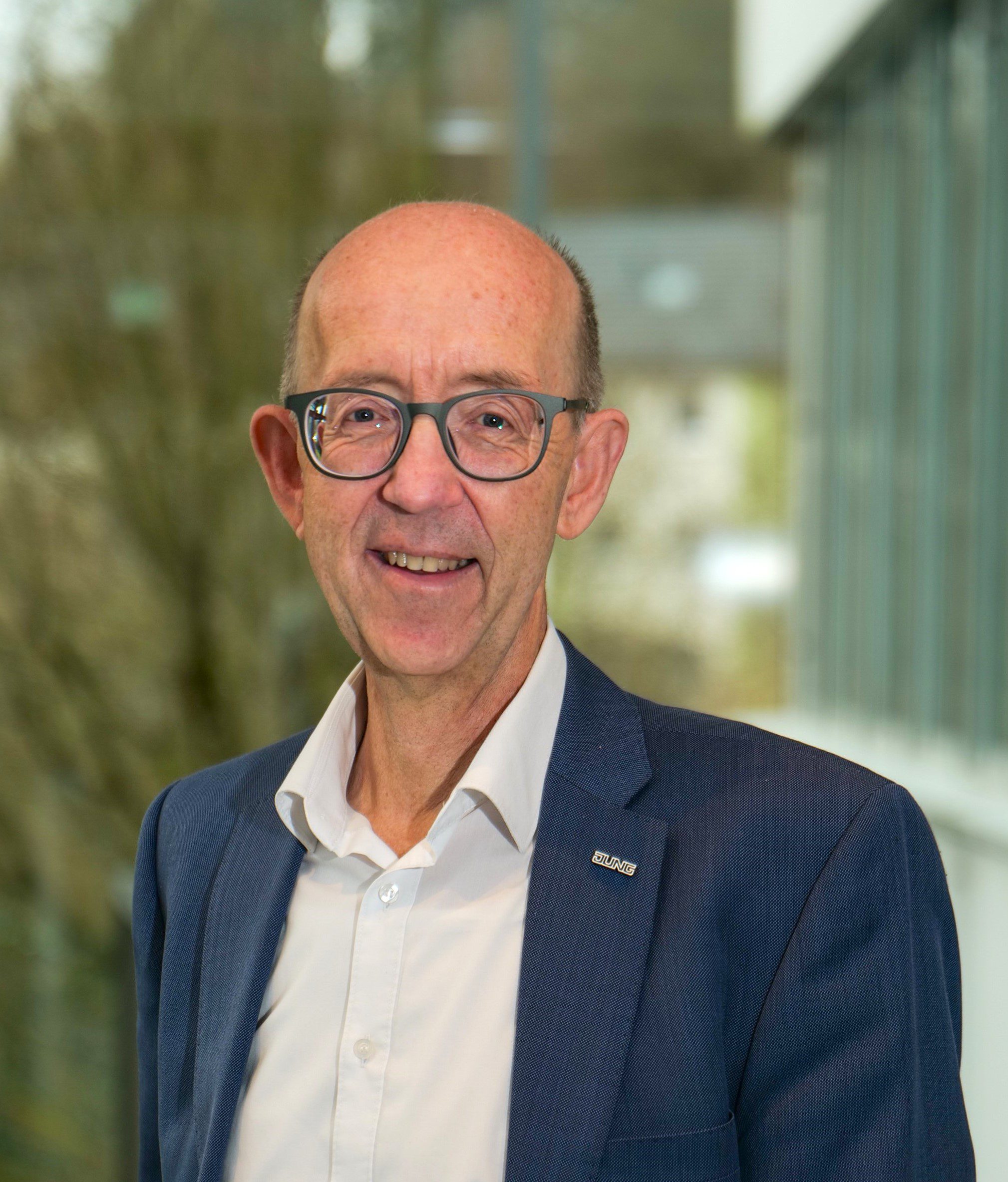
Mr. Jörgens, since it was founded in 1912, your company has continued to develop the light switch – from the first patent for a new type of pull switch to a 50-year timeless style icon and integration into modern smart home technology. What importance do you attach to artificial intelligence (AI) when it comes to building technologies?
AI is playing an increasingly central role in the further development of building technology. It enables us to design buildings that are not only smarter, but also more intuitive and sustainable. It helps to intelligently evaluate data from sensors, user behavior and environmental factors and to develop tailored automation systems based on this. For example, lighting, air conditioning and security functions can be precisely adapted to the needs of users, which not only increases comfort and efficiency, but also reduces energy consumption.
We rely on AI to transform buildings from passive spaces into interactive living spaces(s). One example is intelligent energy management systems that use machine learning to analyse consumption patterns and make suggestions for optimization. The challenge is to design this technology in such a way that it is easy to use for all user groups and guarantees data protection. Our vision is to seamlessly integrate the benefits of AI into established smart living solutions and thus create real added value.
Your company recently became an associated partner of SmartLivingNEXT. What was the deciding factor for you to take part in the research project? What synergy effects are you hoping to achieve?
Participating in SmartLivingNEXT gives us the opportunity to actively shape the future of building technology. The decisive factor for us was the vision of a universal data ecosystem that brings together various players in the industry. This ecosystem has the potential to overcome existing barriers between technologies, manufacturers and users, enabling seamless interoperability.
We hope to achieve synergy effects in several areas through this collaboration: Firstly, we would like to contribute our expertise in the field of intelligent building control and at the same time benefit from the experience and innovations of the other project partners. Secondly, the project offers us the opportunity to help shape standards at an early stage, which could form the basis for future smart living solutions in the long term. And finally, we see SmartLivingNEXT as a platform for developing new business models that benefit from open, interoperable systems.
The SmartLivingNEXT funding program has set itself the goal of developing a universal data ecosystem for the smart living domain – cooperation with the KNX standard also plays an important role here. What added value do you see in a domain-specific data room for your company?
A domain-specific data room is a great opportunity for us to increase the flexibility and scalability of our solutions. The standardized collection and processing of data allows us to develop innovative functions based on real usage data. The KNX standard is of particular importance to us here, as it is an internationally recognized standard that guarantees interoperability and future-proofing.
A universal data room enables us to implement complex scenarios such as energy-optimized building control, predictive maintenance and adaptive indoor climate. It also provides the basis for integrating new partners and systems into our solutions more easily. This will not only strengthen our innovative power, but also offer end customers real added value by enabling systems to work together seamlessly, regardless of manufacturer and platform.
Many systems designed for living have problems when residents change, because personal settings and services then have to be laboriously readjusted. How are you currently responding to this challenge and do you think that shared data rooms can be used to simplify these processes?
We are very aware of this challenge. We are currently working on solutions to make the transfer of residents as smooth as possible. These include cloud-based profiles that save personal settings and can be transferred to new devices when moving house. We are also focusing on flexible control systems that can be quickly adapted to changing usage requirements.
A shared data room could simplify this process considerably by enabling universal profiles for residents that work independently of systems or manufacturers. For example, users’ lighting and heating preferences or security configurations could be automatically transferred to a new home. Data protection remains a top priority, as personal data should only be shared with the express consent of the user.
Mr. Jörgens, final question: Can the digitalization of a building one day be as simple as installing sockets and switches? In your opinion, what impact will digitalization have on building technology? Where is the journey heading?
Yes, the digitalization of a building will in future be as simple and natural as installing sockets and switches. Our aim is to hide the complexity behind the technology and develop intuitive solutions that can be operated without technical expertise. This requires simple, modular systems that configure themselves and communicate seamlessly with each other.
Digitalization is fundamentally changing building technology. It is opening up new possibilities for energy efficiency, convenience and security, but is also driving forward the networking and integration of devices. We see a future in which buildings act proactively – they recognize the needs of residents and adapt automatically. In addition, building technology will increasingly interact with other sectors such as energy supply, mobility and health.
Mr. Jörgens, thank you for the pleasant conversation!
Listen to the article (in German)
Editorial office:
Ilka
Klein
Category:
Flagship project
